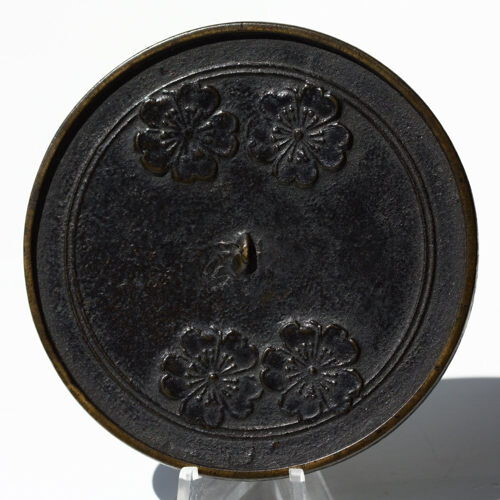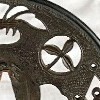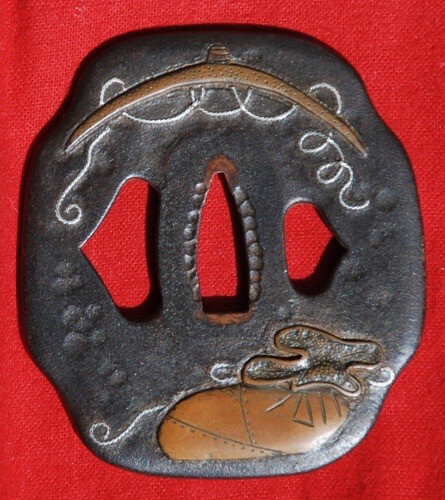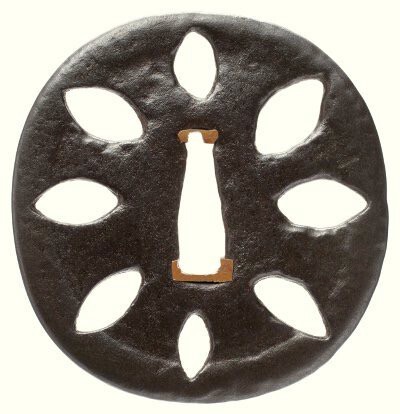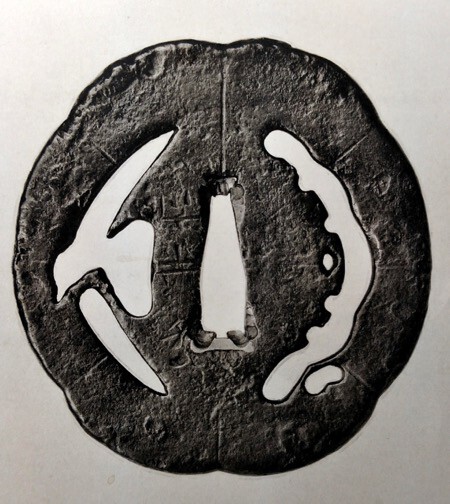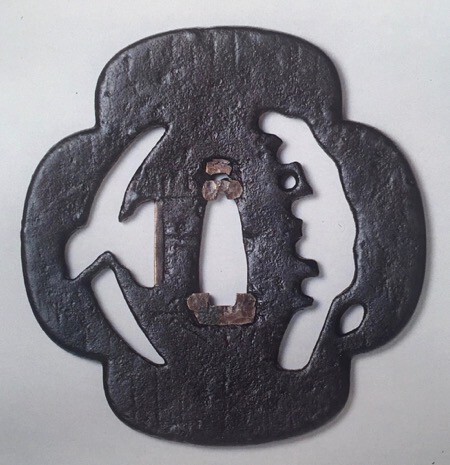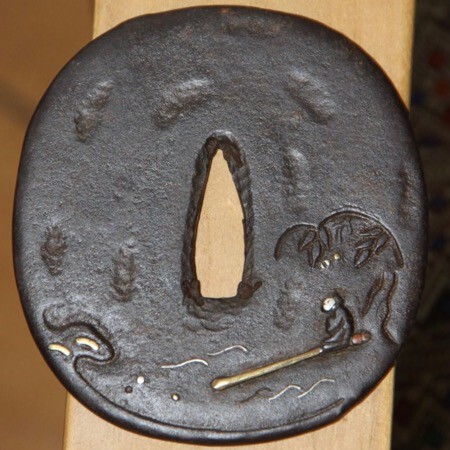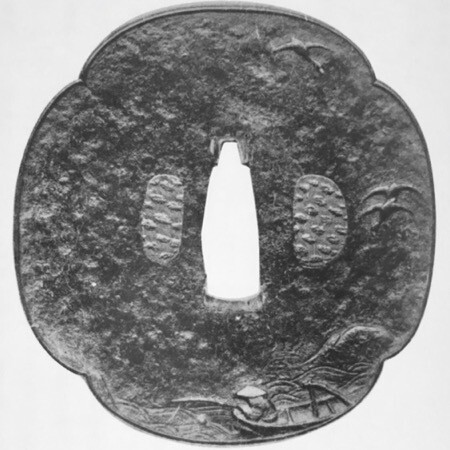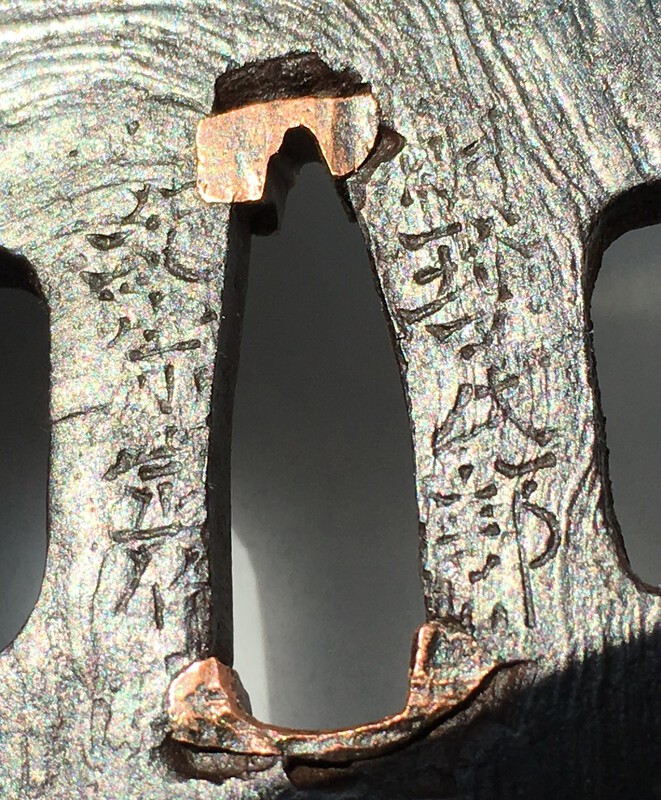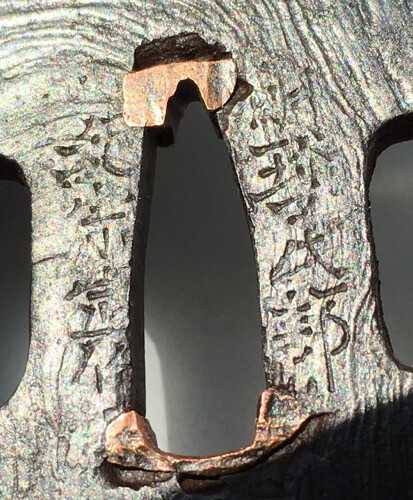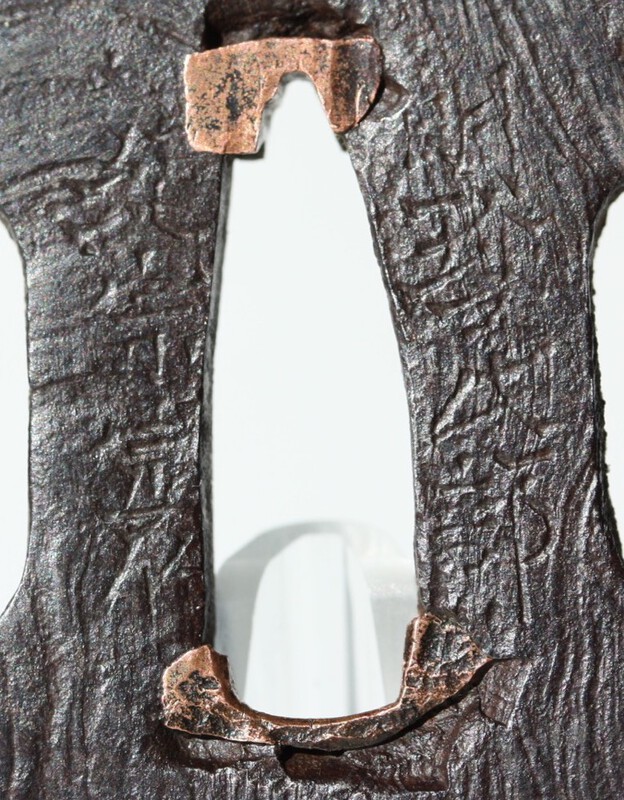-
Posts
3,157 -
Joined
-
Last visited
-
Days Won
26
Content Type
Profiles
Forums
Events
Store
Downloads
Gallery
Everything posted by Marius
-
All katana-length o-suriage swords from that period have once been a tachi (except for long naginata, that is).
-
Well, that's not the side with the attribution, sorry
-
First of all, can you show us the other page of the NTHK paper? That's where the attribution is. The sword seems to be in very poor polish, BTW, unless it just the low quality of the pictures.
-
It is always good to agree to (slightly) disagree, Ford Thanks for your input, valuable and down to the point, as always. James will be happy, and I will retreat into the realm of unmnatched beauty of Kaneie, Nobuie etc I can be picky, as in this case I can collect only pictures in books
-
James, Of course the hammer marks are intentional, it is just that they are awkward and betray a lack of skill. In order to understand what good hammer work is (or good iron for that matter), you might want to look at some of the best iron tsuba. Higo (Shimizu and others), Kaneie, Nobuie and Yamakichibei are probably the best to start, but of course there are many many more masters and schools which have produced iron masterpieces. I have posted pictures of six tsuba for you (three sets, each a fake and a genuine piece) The first set is Higo The second set is Yamakichibei The third is Kaneie You might want to acquire some books. Sasano's classic book would be a good start and it does cost you an arm and leg: http://www.japaneseswordbooksandtsuba.com/store/books/b556-early-Japanese-sword-guards-sukashi-tsuba-sasano It is about iron sukashi tsuba but some of the best tsuba ever made are shown and described. I guarantee that after reading this book, you will look at your tsuba with new eyes.
-
Javier, You are trying to assemble a set - tsuba with waves combined with waves fuchigashira. While I like your waves tsuba, your approach is doubtful from the point of view of aesthetics and contrary to how most koshirae were put together (I am not talking about the formal koshirae of the Tokugawa period). You might want to acquire this excellent book from Grey: http://www.japaneseswordbooksandtsuba.com/store/books/b734-uchigatana-koshirae-translation-tokyo-national-museum
-
James, Age: 19th c. at best. Attribution makes no sense - the workmanship is crude (hint: look at those hammer marks), the iron seems low quality, dull and with no patina to speak of. A mass product, lacklustre as they get. The good thing is - it is a real tsuba, so if bought cheaply, enjoy it for what it is. Apologies for being blunt, no intention to offend.
-
Well, this one is above your budget, but it has been made by one of the few contemporary Japanese sword smiths who forge functional weapons and who do not care about the looks. (BTW, I own a few sword by Kojima): http://www.ksky.ne.jp/~sumie99/sword7.html In any case, Kojima's site is worth having a look because of all the information: http://www.ksky.ne.jp/~sumie99/information.html
-
Cheap, cheap, cheap (for a ko-Gassan ubu tachi): http://www.ksky.ne.jp/~sumie99/sword5.html
-
Stephen, I just love your new avatar pic, mate You rock, and you always will. Can't imagine this forum w/o ppl like you Richard, You have to know that Brian, who owns this shop here, is allergic to any form of amateur polish. He has a point, as many swords have been ruined by incompetent "polishers". Yours is a shinsakuto, and I presume it is not rusted, pitted or something like this. In other words, what you need is a sensible polish which does not affect the shape. If this is the case, I would say that you can entrust your sword to a non-professional polisher, as long as he knows his limits. I know one polisher here, in this far away country of ポーランド, who does great traditional polishing. But he will take a job only if it does not include changing the shape. The guy knows his limitations, and he is great when it comes to finishing work. You might want to look for someone with the same attitude. Good luck and don't let your sword be ruined by some idiot.
-
As any other yari, for that matter.
-
Hugues, FFS, it is a late Edo piece, whatever the signature. Yes, it is kind of Christian, Namban, whatever... Just a fad of the Bakumatsu. Certainly not one of those mythical Kirishitan kodogu of the Edo period, which did not exist, regardless of what smart dealers tell you. Gosh, guys, this has been described by myself in the sales section, and while I am certainly not an authority, keep in mind that there was a dozen of crests with a cross as the central motif. Is there any need to discuss this again? It is a good tsuba in its own right, a revival "namban style" if you will. Analyse the mei to death, but leave that poor tsuba alone
-
As for tsuba and fuchikashira - dimensions of your wakizashi would be helpful.
-
It is nearly impossible to attribute this rather generic tsuba to a school. Were it thick and were the iron blackish and of high quality, I would say Ono - like the one in Kremers' book. But in this case it is hard to say, also because of the low quality of your picture. The motif is the Dharma wheel, that much is sure
-
Ed, that's the standard polish before kesho (aka hadori) was invented. I am agnostic, although I prefer old sashikomi polish and delicate hadori very much. Here is an article about the differences: http://www.ksky.ne.jp/~sumie99/togi.html
-
An interesting point to appreciate - blade is in (presumably) old sashikomi polish. A rare thing and worth to be preserved.
-
You can delete the picture of the "certificate" if you like. It has been issued by somr dealer and it is worth nothing, I am sorry. And since tyou don't sell the fuchi kashira, I presume we can comment on them?
-
Dear Morita san, Many many thanks
-
Uwe, Many thanks :bowdown:
-
Thomas, Thank you so much! Your guess is certainly better than anything I can do...
-
Guys, I am hopeless when it comes to such mei... Mokume does not help, either... I will be grateful for help. Thanks in advance Small size pic: Big size pic: different aspect:
-
I am shocked and very very sad
-
TokuHo? Excellent school? Late Kamakura/Nambokucho? For $5,000? Cheap!
-
Nagaye + maki. Wrapped nagaye. I think that's where the term nagamaki comes from. A type of koshirae for naginata. OTOH, I might be just inventing something

